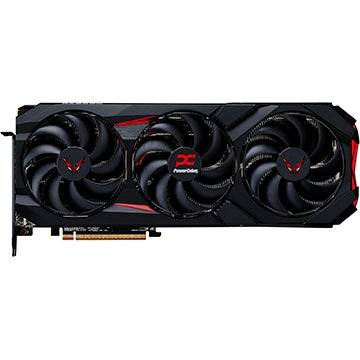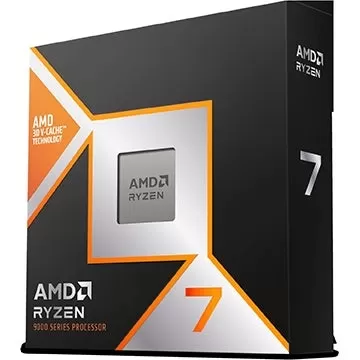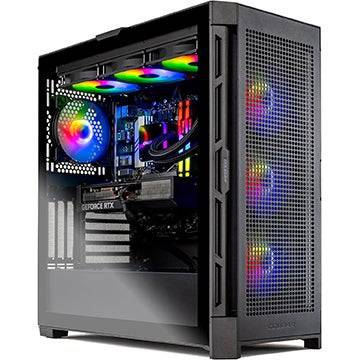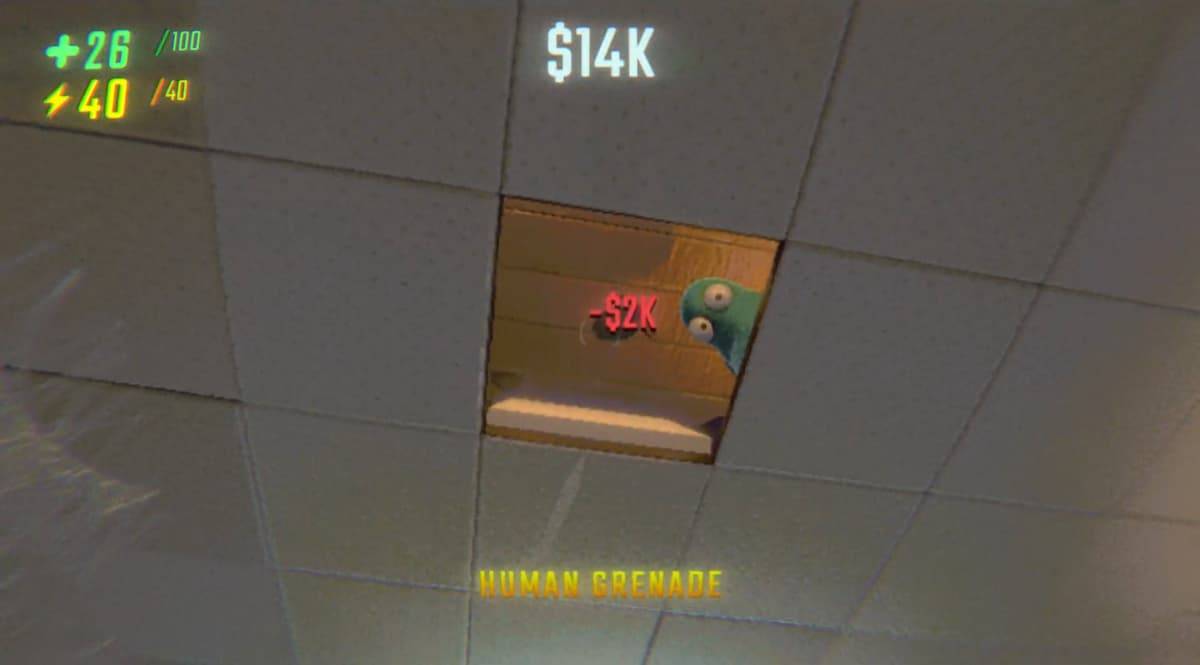The AMD Radeon RX 9070 arrives at a pivotal moment for graphics cards, coinciding closely with the launch of Nvidia’s latest generation. Priced at $549, it directly competes with the underwhelming GeForce RTX 5070, giving AMD a strong advantage in the current market. This makes the Radeon RX 9070 an attractive option for those looking to upgrade their setup for 1440p gaming.
However, the decision isn't straightforward. AMD's own Radeon RX 9070 XT, just $50 more expensive, offers superior performance. The RX 9070, being about 8% slower and 9% cheaper than its XT counterpart, presents a tough choice. While the price difference is mathematically sound, many might find the additional cost for the XT model justifiable for the enhanced performance. Nonetheless, AMD's offerings remain compelling within their own lineup, bolstering Team Red's position in the GPU market.
Purchasing Guide
----------------The AMD Radeon RX 9070 is set to launch on March 6, starting at $549. Be aware that there will be various models, potentially at higher prices. To get the best value, it's advisable to purchase a model as close to the starting price as possible, especially given its proximity to the RX 9070 XT's cost.
AMD Radeon RX 9070 – Photos
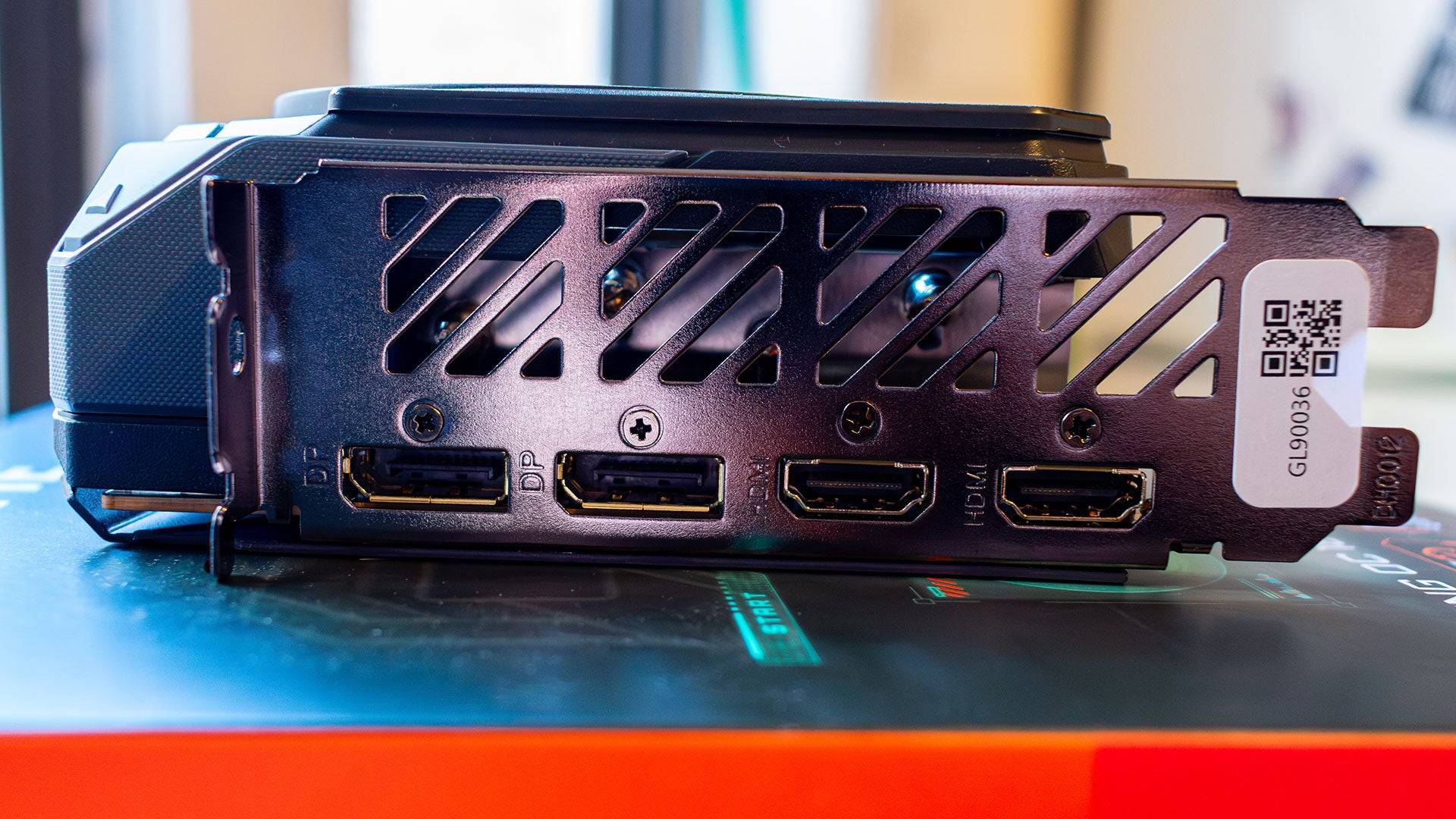
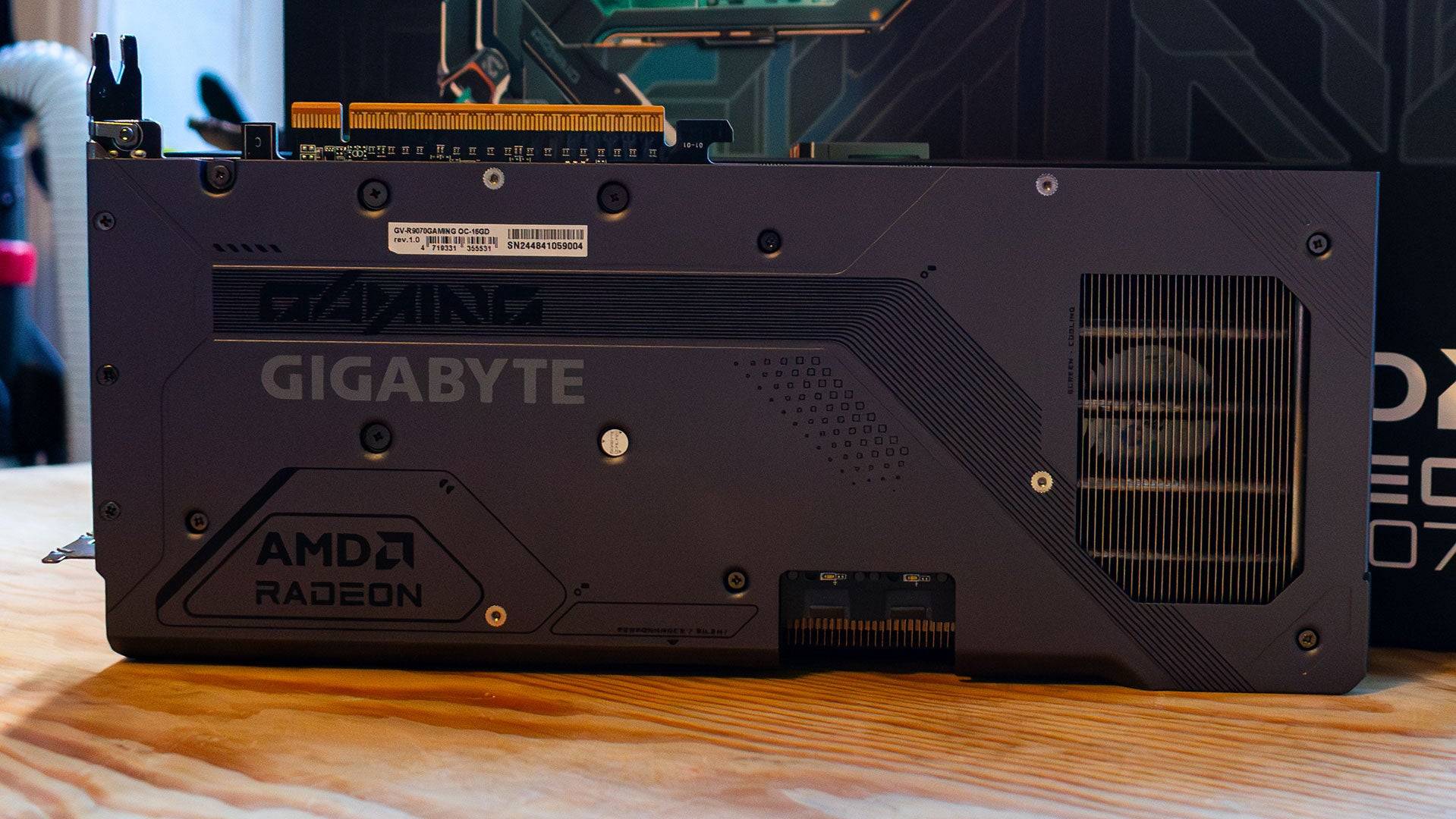 4 Images
4 Images
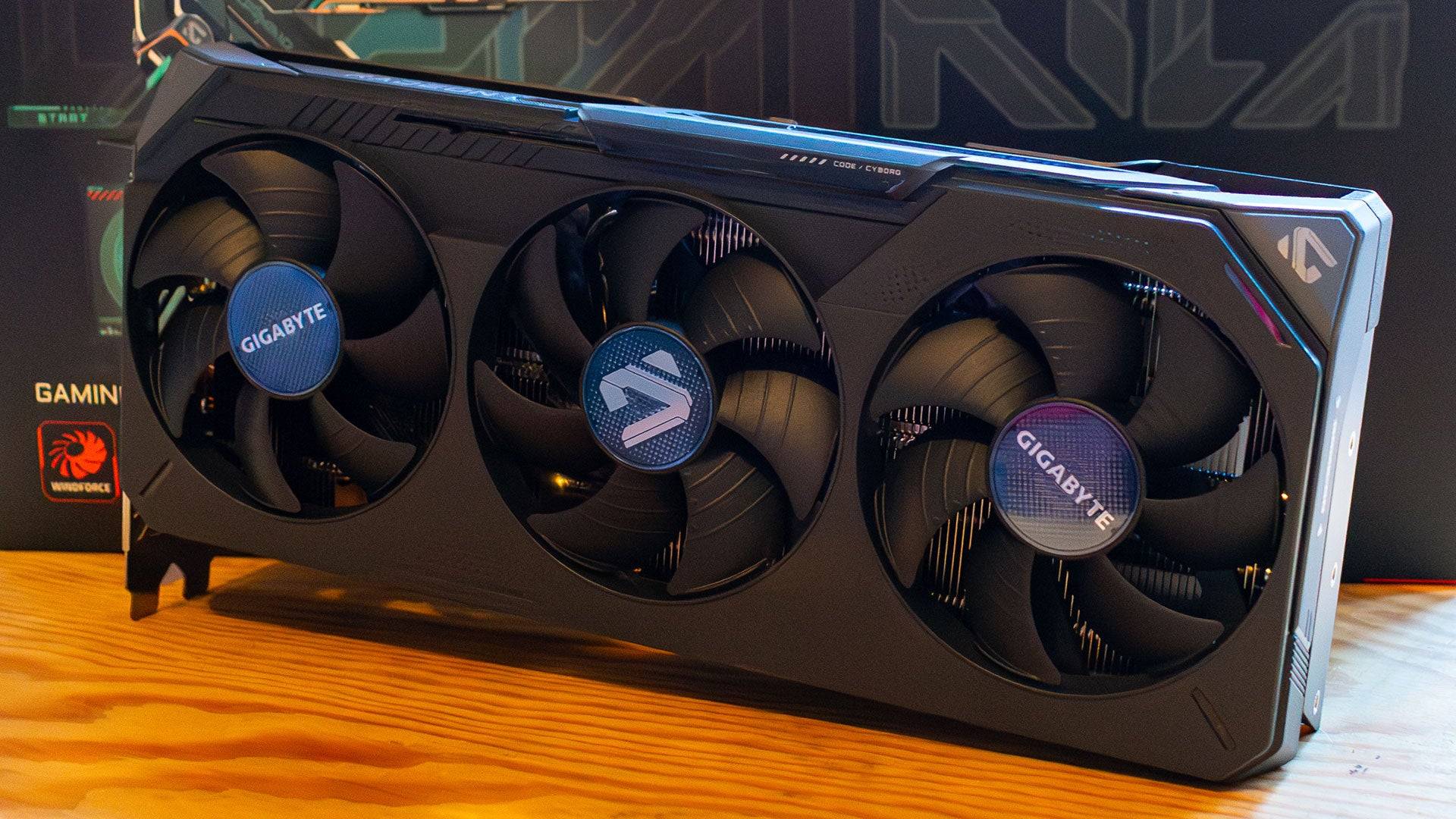
Specs and Features
------------------The Radeon RX 9070, like its XT sibling, is built on the innovative RDNA 4 architecture. This advancement significantly boosts performance, allowing the RX 9070 to outperform its predecessor, the Radeon RX 7900 GRE, by a substantial margin despite having 30% fewer compute units.
Equipped with 56 Compute Units, each containing 64 Streaming Multiprocessors (SMs), the RX 9070 boasts a total of 3,584 shaders. Each compute unit also features one Ray Accelerator and two AI Accelerators, totaling 56 and 112, respectively. These enhancements improve ray tracing capabilities and introduce AMD's FidelityFX Super Resolution (FSR) 4, marking the first use of AI upscaling in AMD GPUs.
The RX 9070 comes with 16GB of GDDR6 VRAM on a 256-bit bus, mirroring the memory configuration of the 7900 GRE. While this setup is well-suited for 1440p gaming, the absence of the newer GDDR7 memory, which Nvidia has adopted, is notable. AMD recommends a 550W power supply for the RX 9070, which has a 220W power budget, though my testing showed a peak consumption of 249W, suggesting a 600W PSU for safety.
Unlike previous generations, AMD is not releasing a reference design for the RX 9070. All versions will be produced by third-party board partners. I reviewed the Gigabyte Radeon RX 9070 Gaming OC 16G, a triple-slot card with a slight factory overclock.

FSR4
----Since the advent of DLSS in 2018, AI upscaling has revolutionized gaming performance without compromising image quality. Previously exclusive to Nvidia, AMD's FSR 4 now brings this technology to their GPUs. FSR 4 uses AI to upscale lower resolution images to your native resolution, offering a cleaner result than the temporal upscaling of FSR 3, which could produce artifacts like ghosting.
However, FSR 4 incurs a slight performance hit compared to FSR 3. For instance, in Call of Duty: Black Ops 6 at 1440p on the Extreme preset, FSR 3 delivers 165 fps, while FSR 4 drops to 159 fps. Similarly, in Monster Hunter Wilds at 4K with ray tracing, the RX 9070 achieves 81 fps with FSR 3, but 76 fps with FSR 4. The Adrenalin software allows toggling between these modes, enabling users to prioritize either image quality or performance based on their gaming needs.
AMD Radeon RX 9070 XT & 9070 – Benchmarks
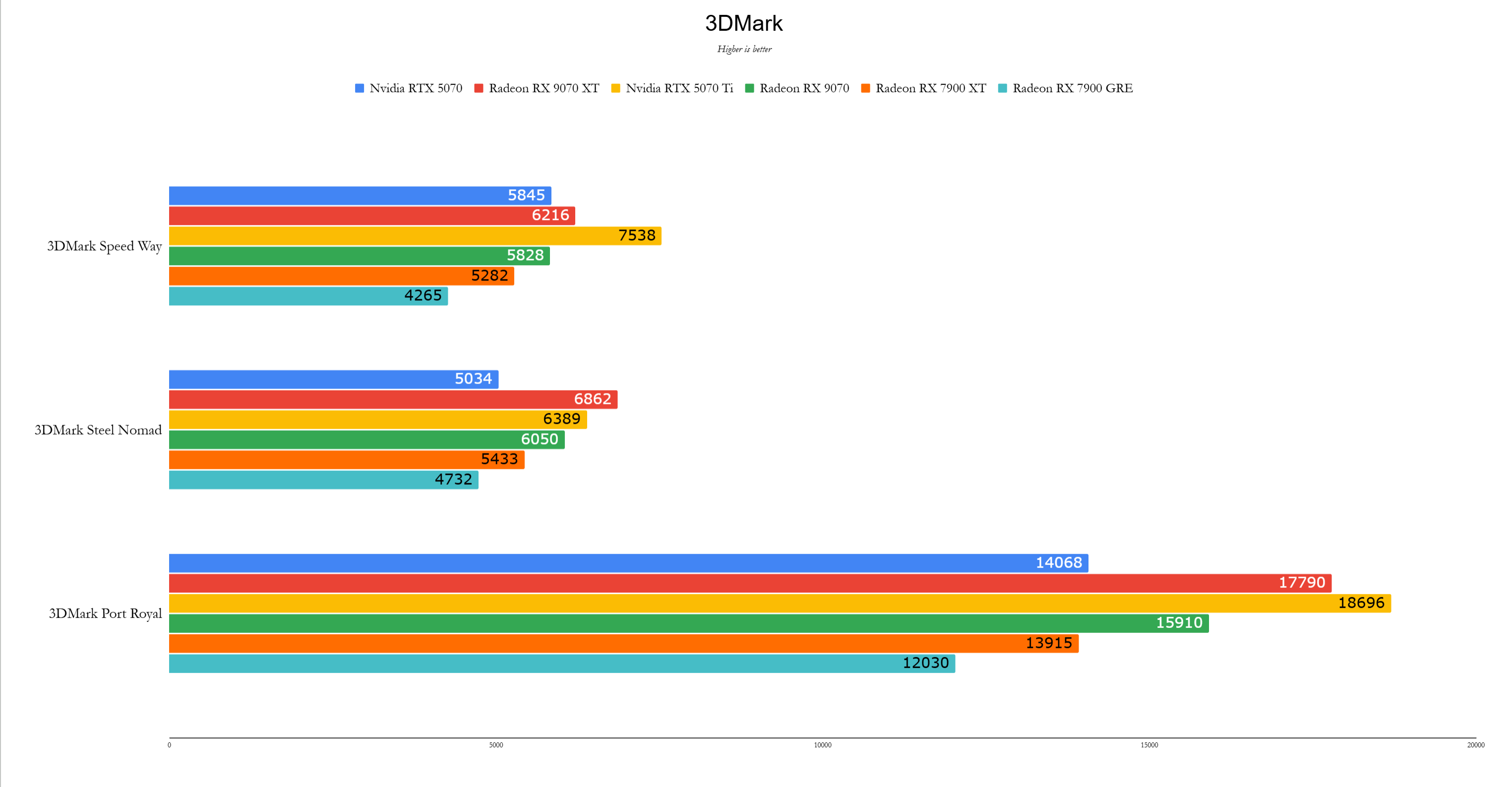
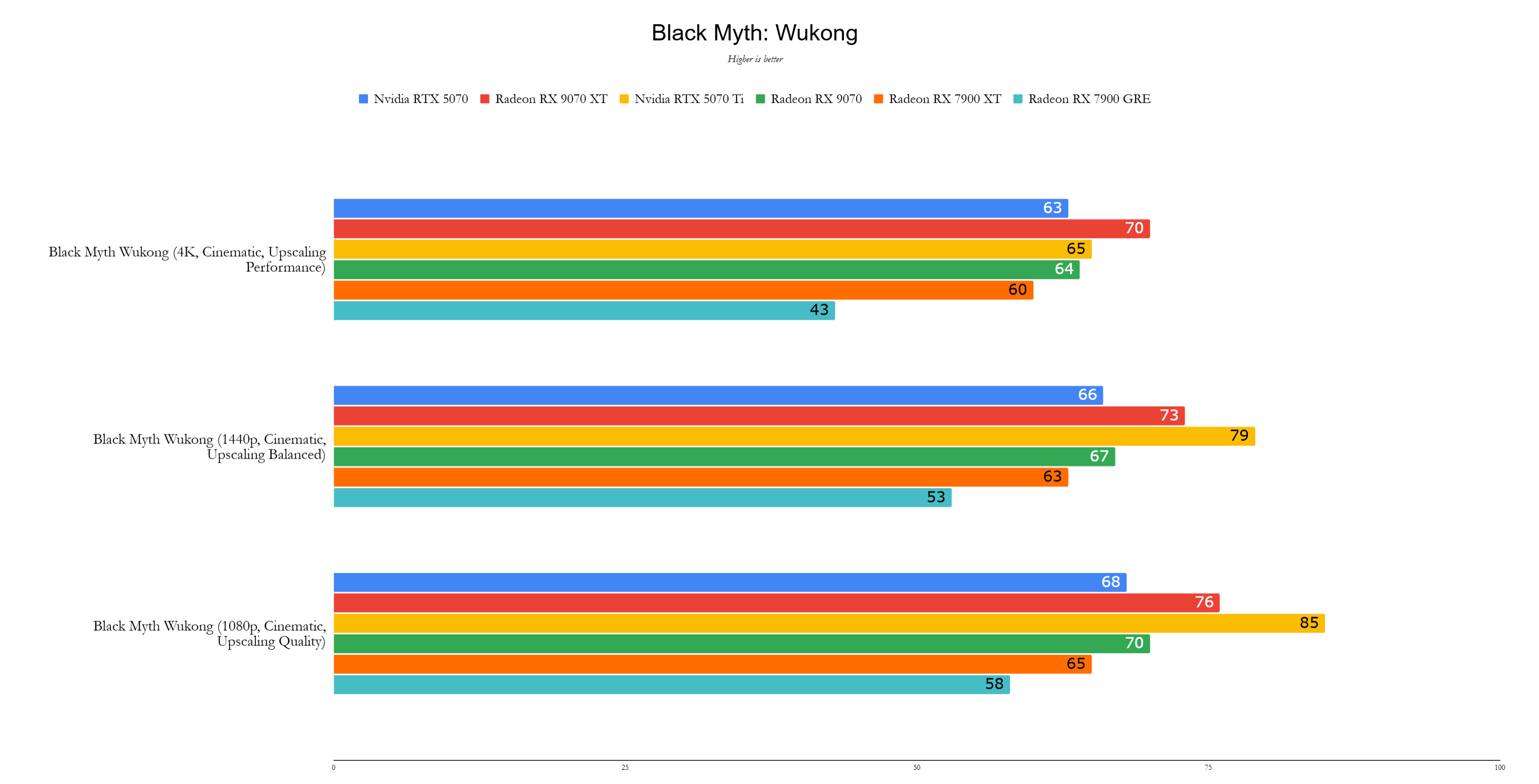 11 Images
11 Images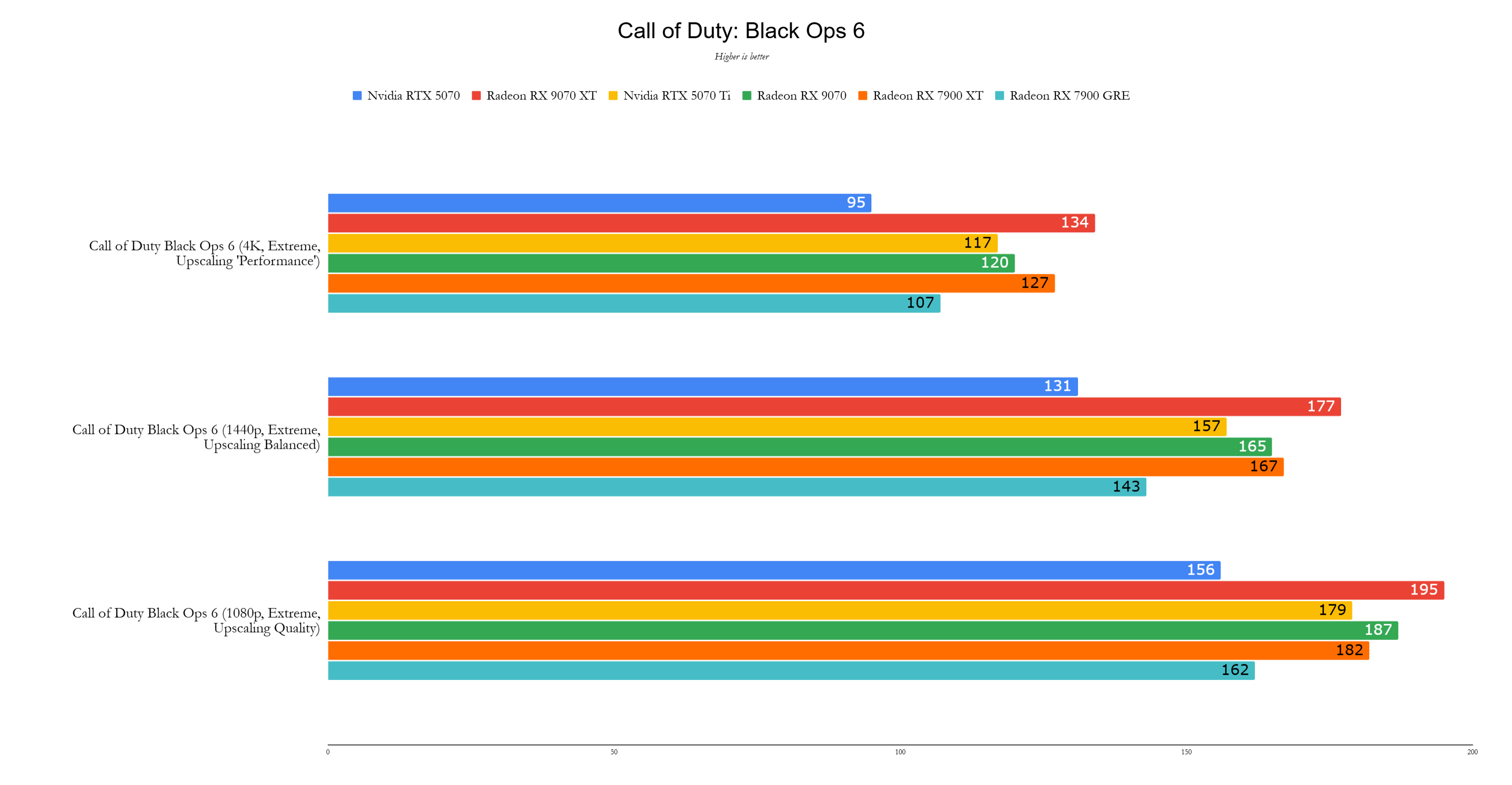
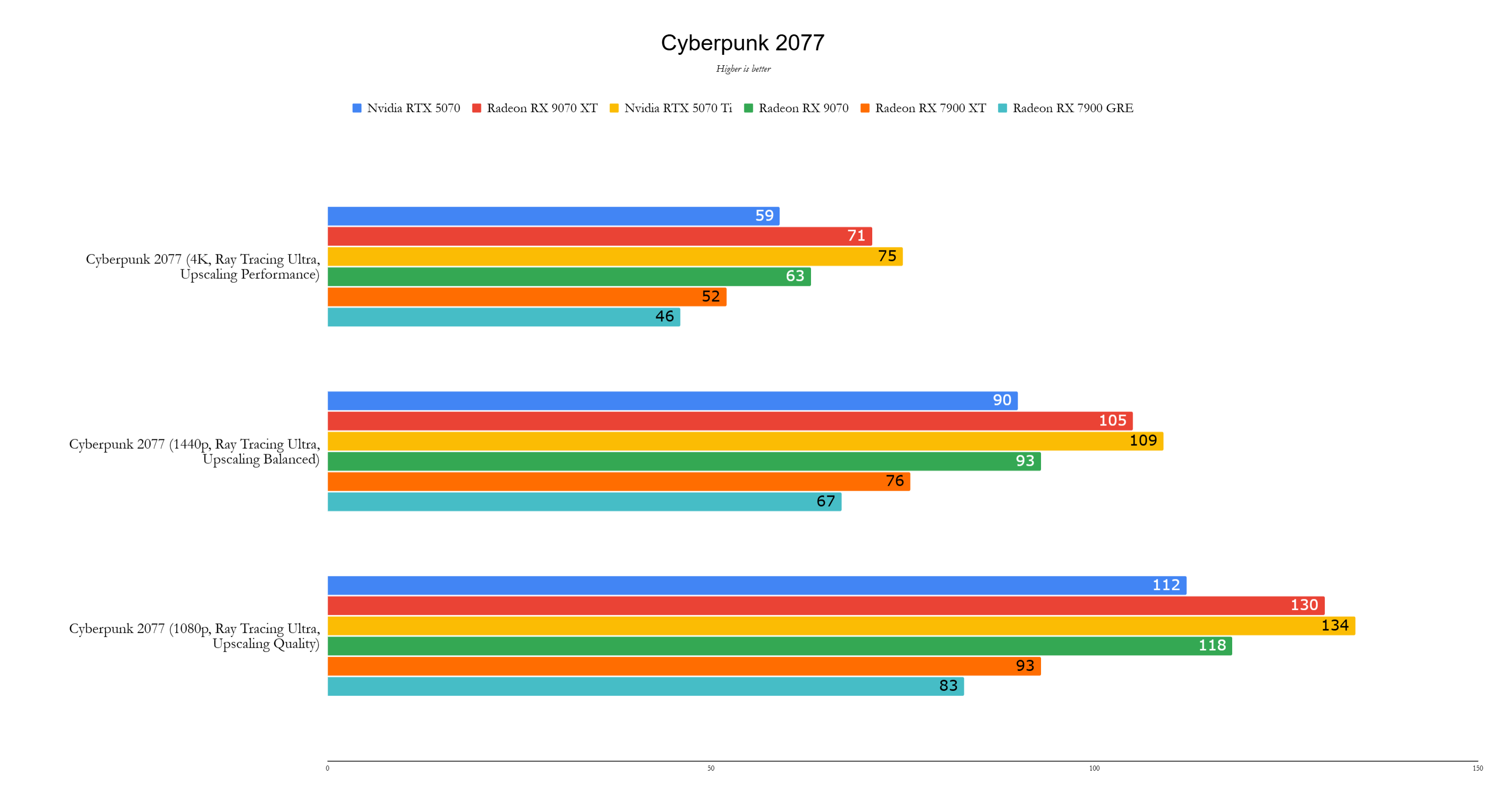
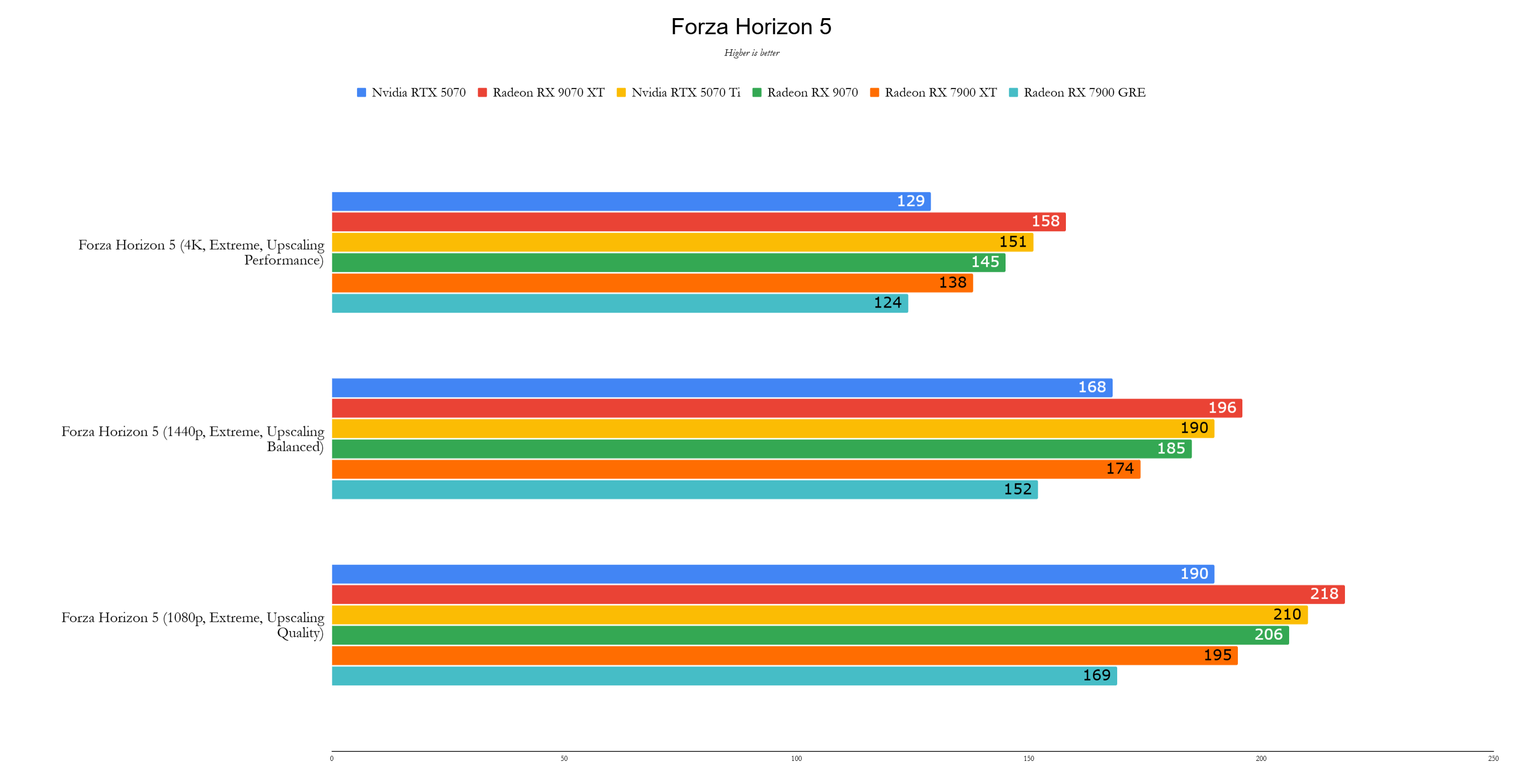
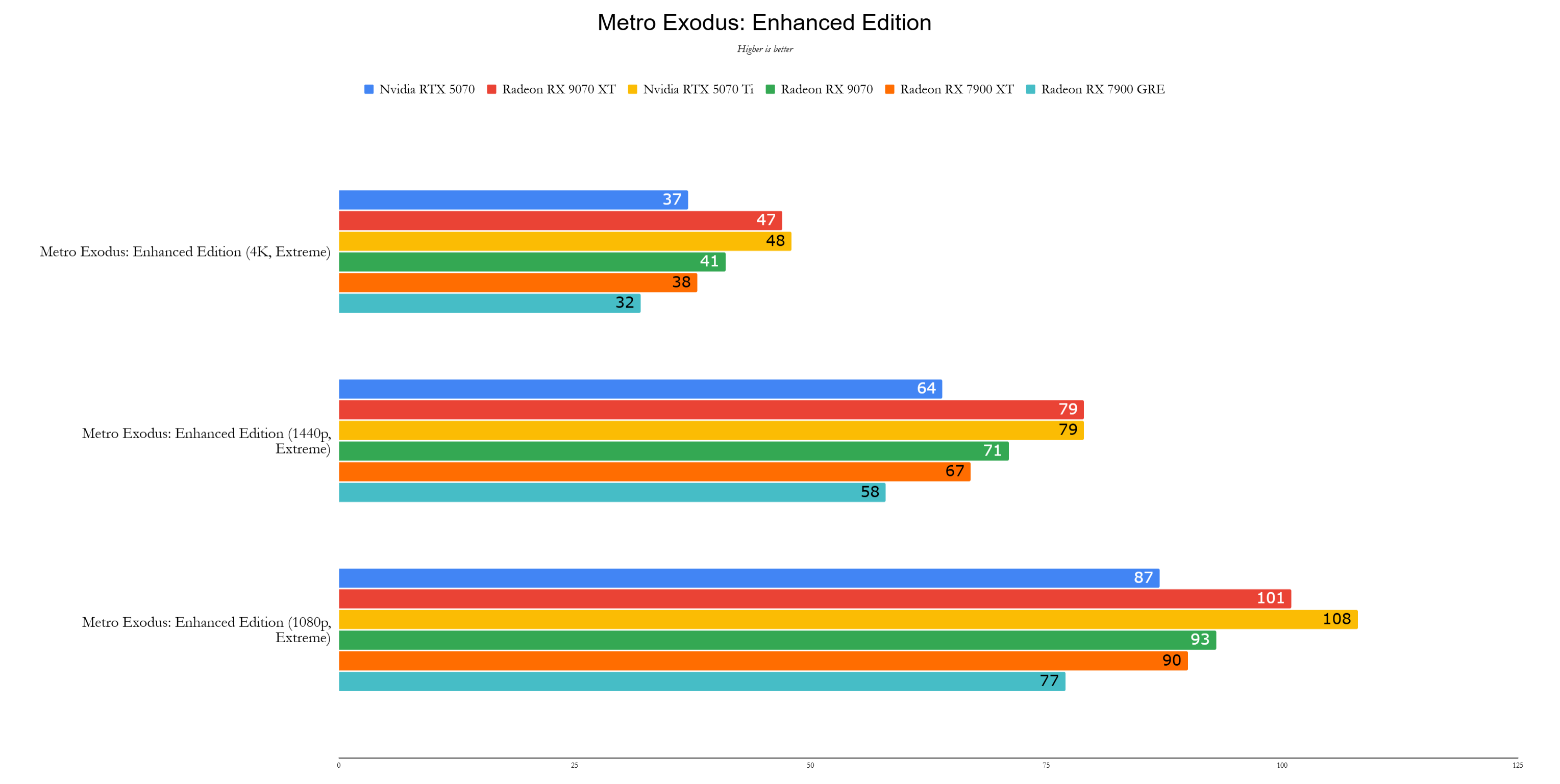
Performance
-----------Priced at $549, the AMD Radeon RX 9070 outperforms the Nvidia GeForce RTX 5070 in many scenarios. At 1440p, the RX 9070 is on average 12% faster than the RTX 5070 and offers a 22% performance increase over the RX 7900 GRE, despite having 30% fewer cores. This improvement is notable, especially considering the RX 9070's competitive pricing.
The version I tested was a factory overclocked Gigabyte Radeon RX 9070 Gaming OC, with a boost clock of 2,700Mhz, which likely contributed to a 4-5% performance boost. All tests were conducted with the latest public drivers available at the time of writing, ensuring a fair comparison across all GPUs.
In synthetic benchmarks like 3DMark, the RX 9070 holds its own, tying with the RTX 5070 in the Speed Way test with ray tracing, and surpassing it by 20% in the Steel Nomad test without ray tracing. Real-world gaming performance further cements the RX 9070's lead, with significant advantages in titles like Call of Duty: Black Ops 6, Cyberpunk 2077, Metro Exodus, and Red Dead Redemption 2. Even in games traditionally favoring Nvidia, such as Black Myth Wukong, the RX 9070 remains competitive.
The RX 9070's 16GB of VRAM also gives it a future-proof edge over the RTX 5070, making it an excellent choice for gamers looking to invest in a GPU that will last. Combined with its strong performance across various games and competitive pricing, the AMD Radeon RX 9070 emerges as a top contender in the mid-range GPU market.



